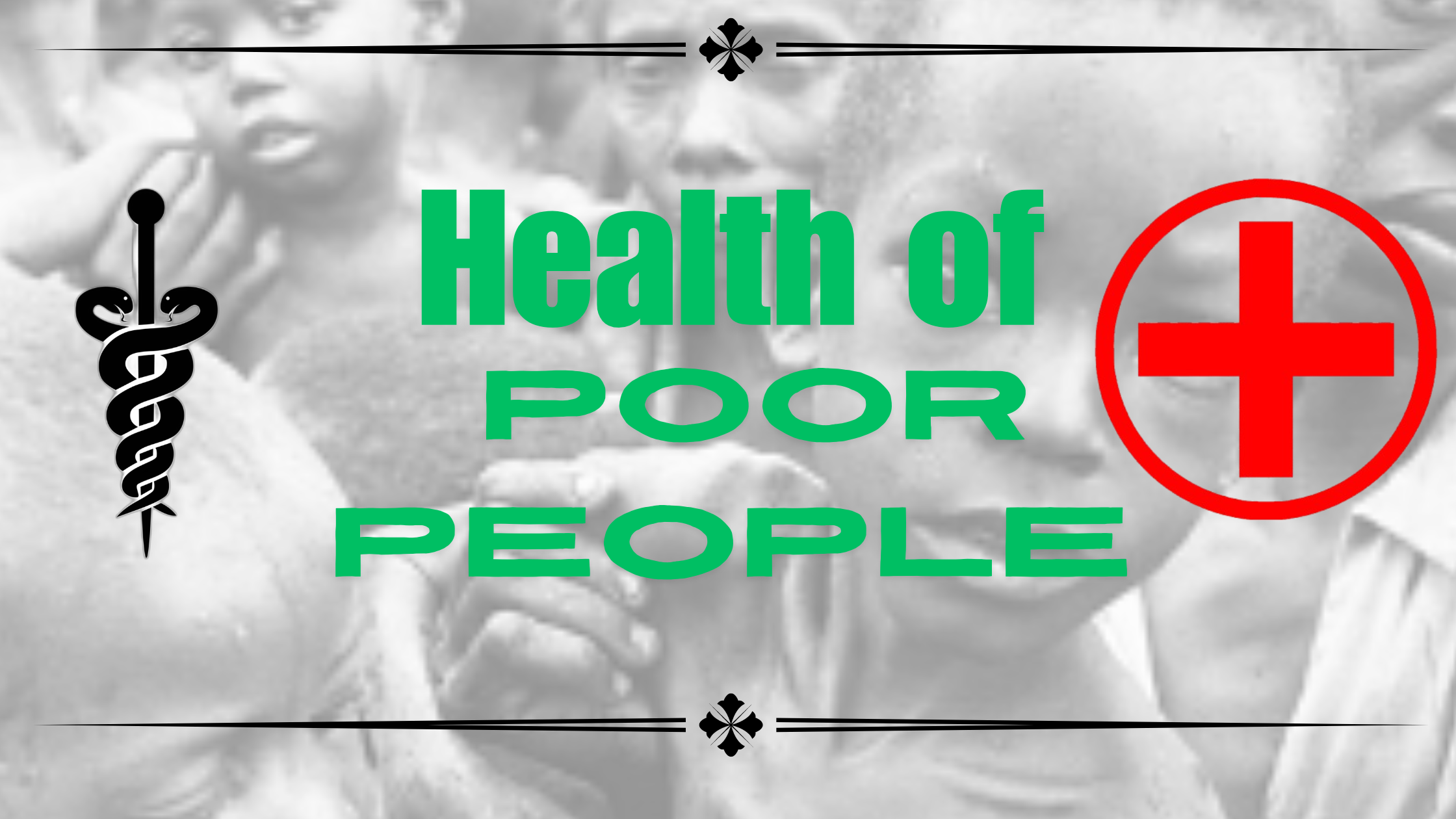In the realm of public health, it's essential to recognize that health outcomes are often deeply intertwined with socioeconomic status. People with lower incomes frequently encounter a range of challenges that adversely affect their health. This blog aims to shed light on these issues, explore their root causes, and suggest potential solutions to improve health equity.
The Intersection of Poverty and Health
Poverty and health are inextricably linked. Individuals with limited financial resources face a myriad of obstacles that can lead to poorer health outcomes. These include:
1. Limited Access to Healthcare
2. Poor Nutrition
3. Substandard Living Conditions
4. Educational and Health Literacy Gaps
5. Employment-Related Stress and Risks
Low-income jobs are often characterized by instability, low wages, and minimal benefits. This employment insecurity can lead to chronic stress, which is linked to a range of health issues, including cardiovascular disease and mental health disorders. Additionally, these jobs may involve hazardous conditions that pose further risks to physical health.
Addressing the Health Disparities
Addressing the health challenges faced by low-income populations requires a multifaceted approach. Here are some strategies that can help:
1. Expanding Access to Healthcare
Expanding healthcare coverage and reducing financial barriers to medical care are critical steps. Policies that provide affordable health insurance options, increase funding for community health centers, and support preventive care can significantly improve health outcomes for low-income individuals.
2. Improving Nutritional Access
Initiatives to increase access to affordable, nutritious foods are essential. Programs like Supplemental Nutrition Assistance Program (SNAP) and community gardens can help. Additionally, supporting local farmers’ markets and improving food distribution in underserved areas can make healthy foods more accessible.
3. Enhancing Housing Quality
Improving living conditions through better housing policies and programs is crucial. Investments in affordable housing, home repairs, and addressing environmental hazards can mitigate many of the health risks associated with poor housing conditions.
4. Addressing Employment and Economic Inequality
Efforts to improve job security, raise wages, and provide better working conditions can alleviate some of the stress and health risks associated with low-income employment. Policies aimed at reducing economic inequality and increasing access to education and job training can also have a positive impact on health.
Conclusion
The health disparities faced by low-income populations are a complex and multifaceted issue. Addressing these disparities requires a concerted effort from policymakers, healthcare providers, community organizations, and individuals. By tackling the root causes of poor health among low-income groups and implementing targeted solutions, we can move towards a more equitable and healthier society for all.
Ultimately, improving the health of low-income populations not only benefits those individuals but also contributes to the overall well-being and productivity of society. It's a collective responsibility to ensure that everyone, regardless of their economic status, has the opportunity to lead a healthy and fulfilling life.

